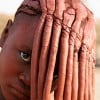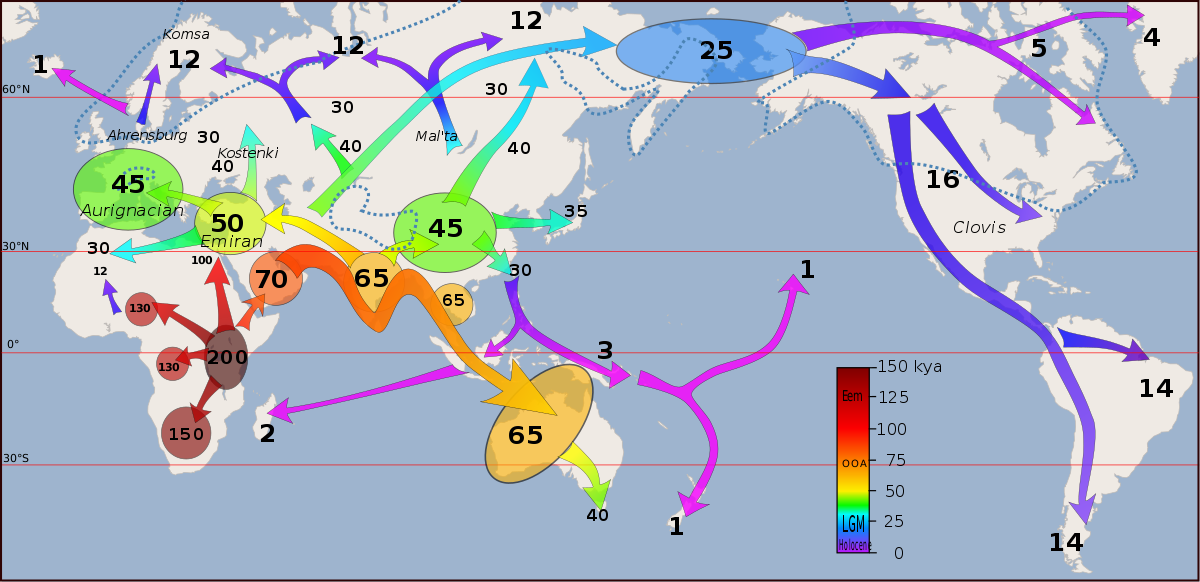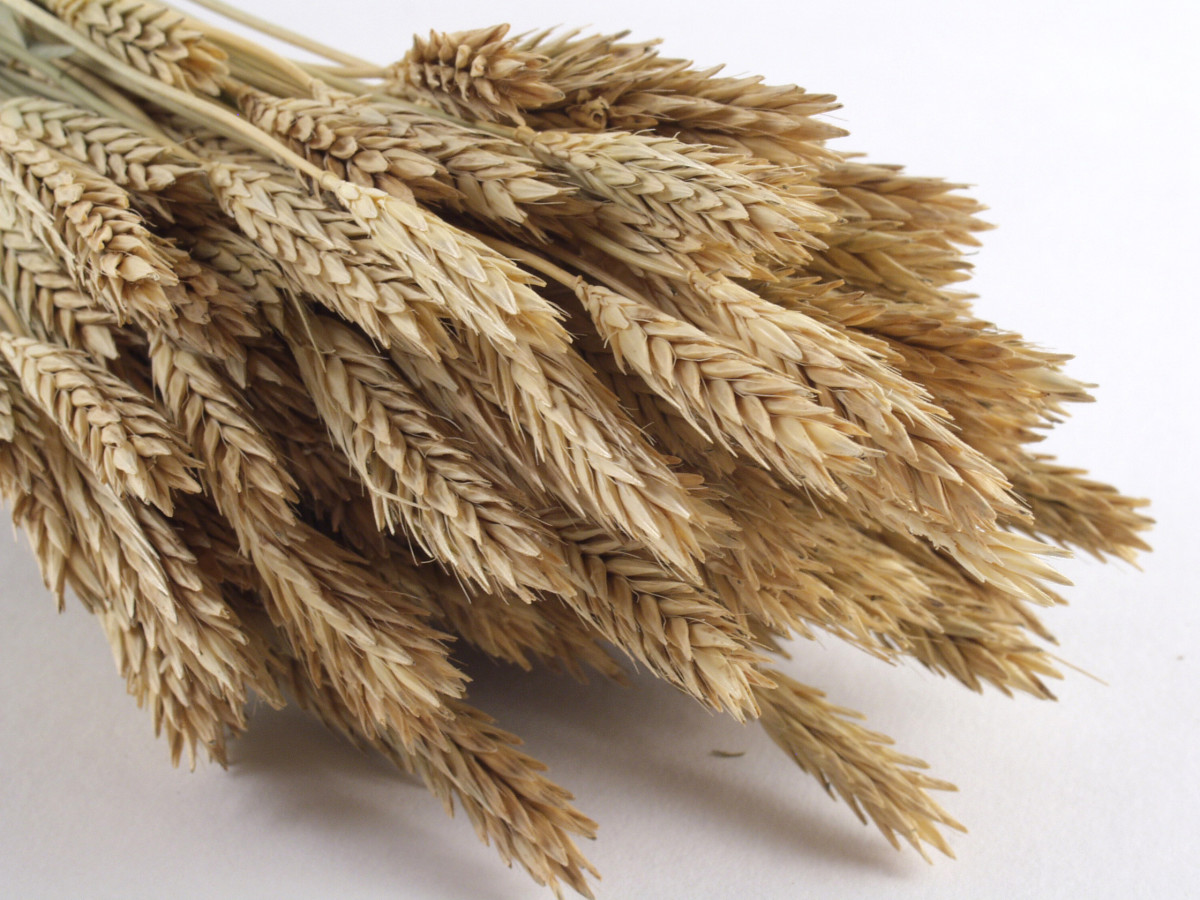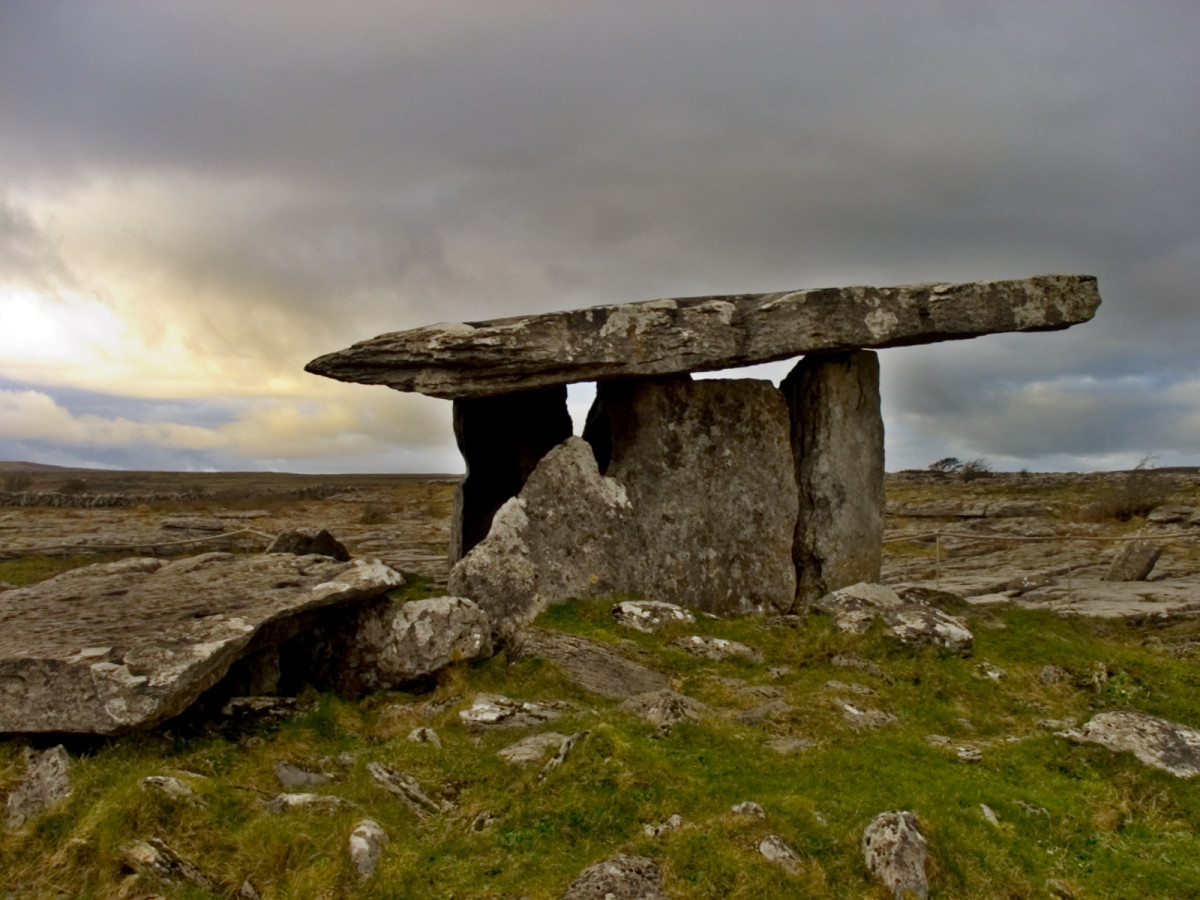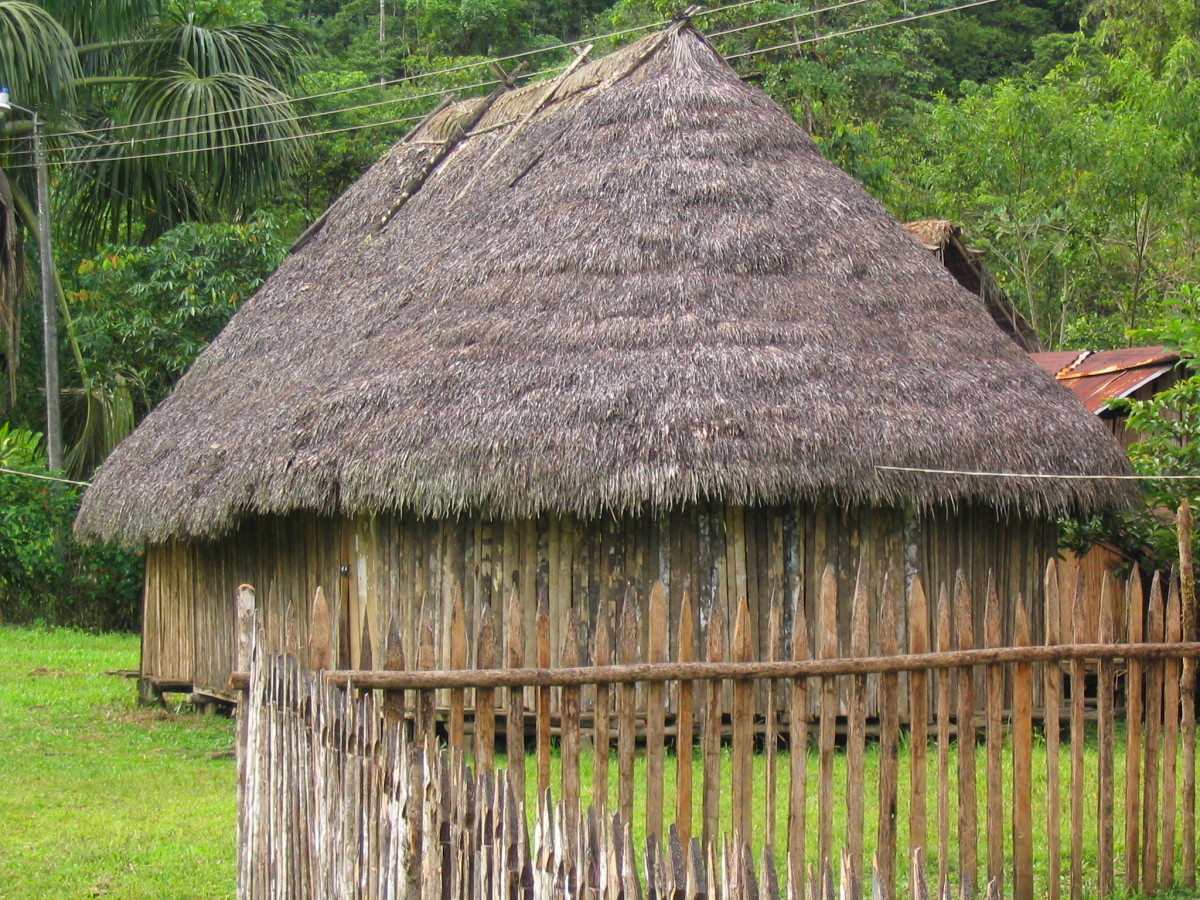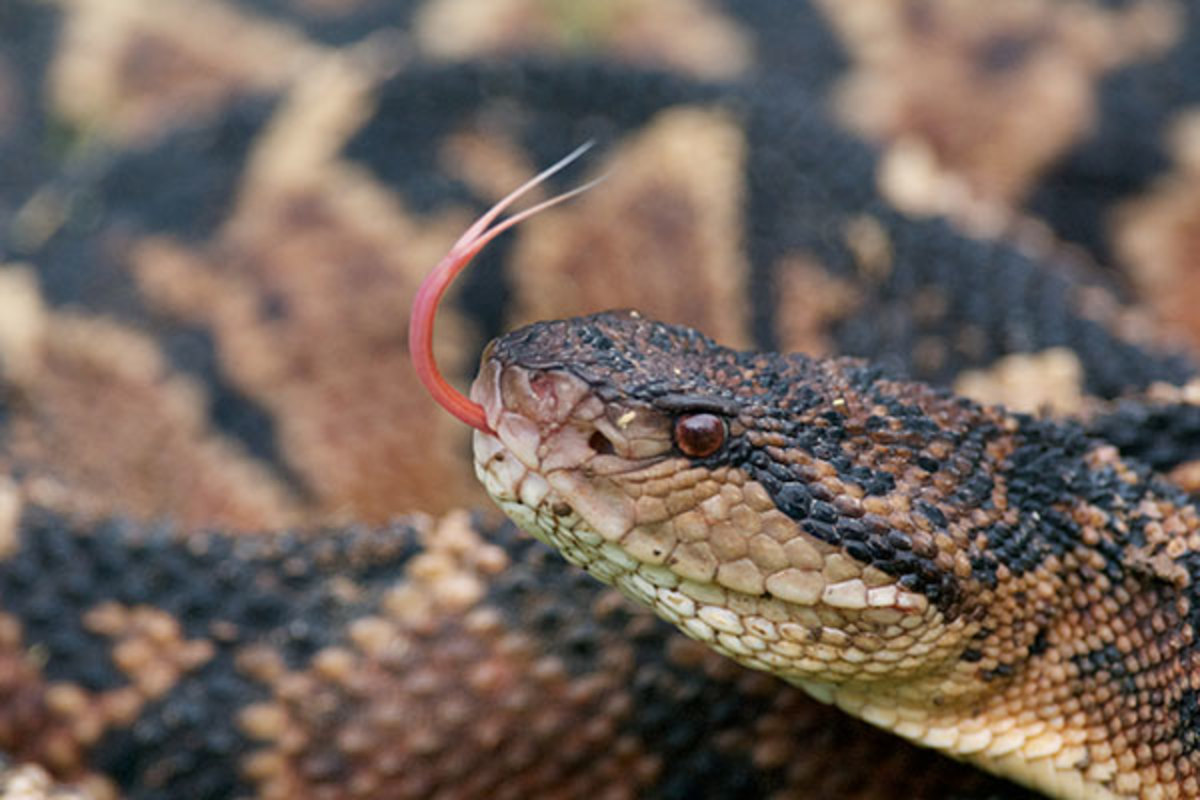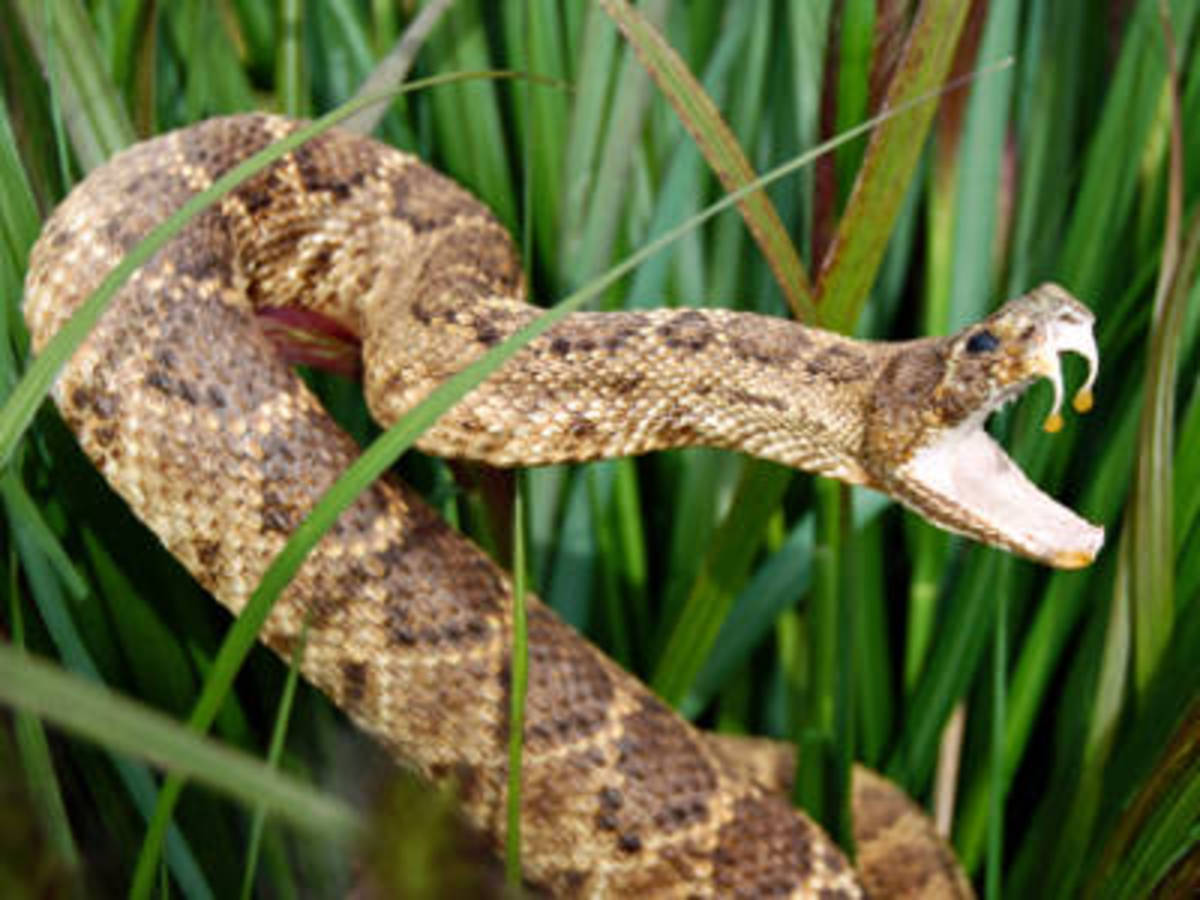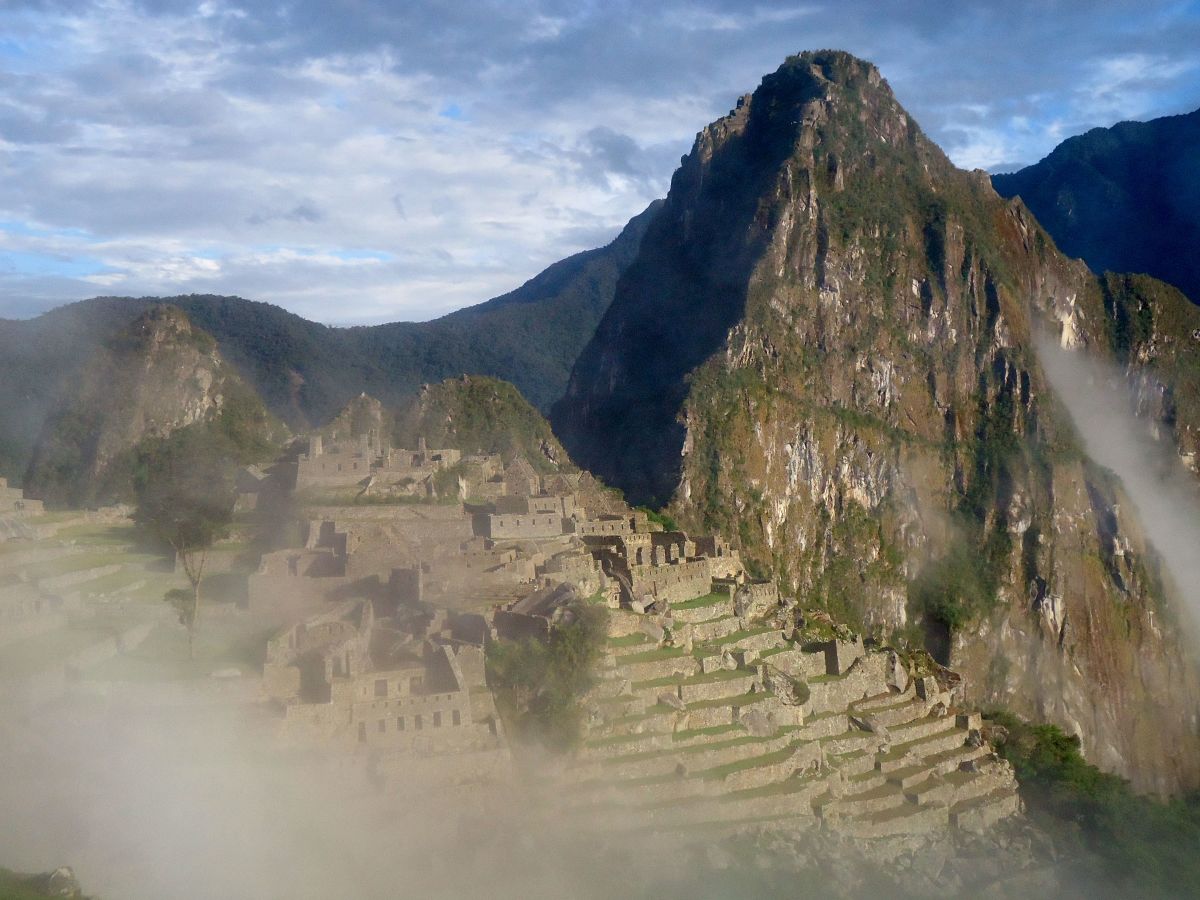A Brief History of Guyana
Guyana
Guyana is officially referred to as the Co-operative Republic of Guyana. A founding member of Caribbean Community Organization. It is the third largest on mainland South America. The capital and largest city is Georgetown with official language English.
Vernacular Guyanese Creole language is widely spoken with 10 recognized regional languages and 5 other languages. Indian ethnic group accounts for 39.8% of the population followed by African 29.3%. Mixed race 19.9% mostly Creole-Mulatto or Dougla. Indigenous Ameridan 0.5% include European, Arab and Portuguese.
Government consists of the unitary presidential constitutional socialist republic. It has a president and prime minister, legislature the national assembly. The national anthem is “one people, One Nation, One Destiny”. The countries total area is 783,769, density 3,502/km2, GDP $7.135 billion-2018, $3,875 billion-2019.
History
Historically there are 9 indigenous tribes theWarao, Pamon. Others are Akawaio, Kalina, Wai Wai, Wapishana, Lokono, Patamona and Macushi. The Dutch established Demerara, Berbice colonies in 1616, before British control in 1796.
Independence was achieved from United Kingdom in 26 May 1966 and became a republic in 1970. Earlier on Venezuela laid claim to West of Essequibo River as overruled by an international tribunal in favor of Great Britain in 1899.
An infamous history is the lease of land 3,800 acres to the Peoples Temple led by Jim Jones with 1000 people and mass murder by the founder of 909 people.
waterfall
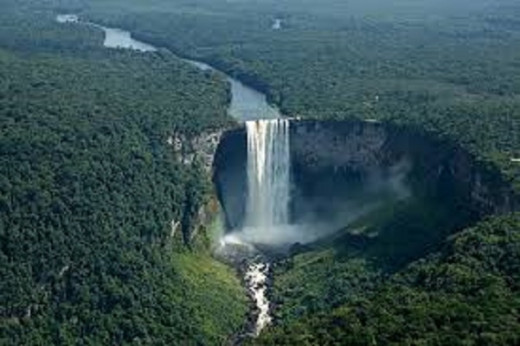
Indigenous Tribes
- Warao
- Pamon
- Akawaio
- Kalina
- Wai Wai
- Wapishana
- Lokono
- Patamona
- Macushi
Geography
Guyana is one of the most sparsely populated country and lies latitudes 1° and 9°N, and longitudes 56° and 62°W. Most of the population reside in low coastal plain areas have forested highlands and savannah areas in south west.
Three notable mountains are mount Roraima (9,094 feet), Monte Caburai (4,806 feet) and Mount Ayanganna (6,699 feet). The country has the largest single drop waterfalls in the world and shares a border with Brazil-Guyana-Venezuela.
Regions
Demerara-Mahaica region is the smallest administrative region with the highest population of 313,429 people in 2012. It boarders the Atlantic Ocean to north,
Upper Demerara Berbice south and Mahaica-Berbice east. Other regions are upper Takutu-upper Essequibo population 24,000, Cuyuni-Mazaruni area 47,213 km2 with population 20,280.
More include Pomeroon-Supenaam area 5,185 population 46,810, Barma-Waini area 20,339 population 26,941, and Essequibo Island-west Demerara area 3,755 population 107,416.
There is Mahaica-Berbice area 4,190 population 49, 723, Upper Demerara Berbice area 17,040 population 39,452. We have Potaro-Siparuni area 20,051 population 10, 190, East Barbice-Corentyne area 36,234 population 109,431
Anteater in Guyana
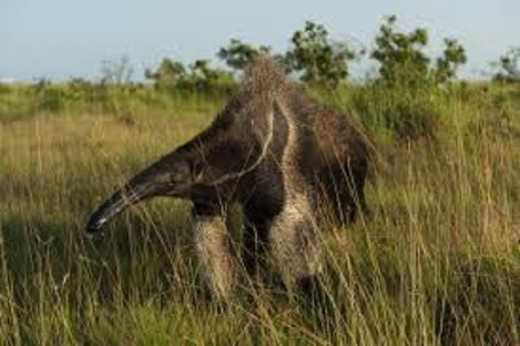
List of Regions/Population/Area km2
- Demerara-Mahaica area 2,232 population of 313,429 people
- Upper-Takutu-upper Essequibo population 24,000
- Cuyuni-Mazaruni area 47,213 with population 20,280
- Pomeroon-Supenaam area 5,185 population 46,810
- Barma-Waini area 20,339 population 26,941
- Essequibo Island-west Demerara area 3,755 population 107,416
- Mahaica-Berbice area 4,190 population 49, 723
- Upper Demerara Berbice area 17,040 population 39,452
- Potaro-Siparuni area 20,051 population 10, 190
- East Barbice-Corentyne area 36,234 population 109,431
People and Culture and Infrastructure
Guyana shares similar culture with West Indies with samples of African and Indian heritage. They have a predominant Amerindian population with historical ties to British Empire. Education system is modeled on British system with A levels, CXC and CAPE exams.
The country has low literacy levels in technical or professional fields of study. The inhabitants have a high mortality rate with highest level of suicide rate in the world.
Transportation includes two international airports, 1,077 kilometers waterway, 591 kilometers highway, 187 kilometers rail system. The state owned Guyana Power and Light provides the country’s electricity.
Transportation Facts
- 2 international airports
- 1,077 kilometers waterway
- 591 kilometers highway
- 187 kilometers rail system
Religions
According to recent census the largest denomination is Pentecostal with 25%, followed by Anglicans 6%. Others are Seventh day Adventist 5%, Methodist 2%. Other Christian Denominations are 18%, Roman Catholic 7%, Hindu 25%, Muslim 8%, Irreligious 2%, others 2%.
- Pentecostal 25%
- Anglicans 6%
- Seventh day Adventist 5%
- Methodist 2%
- Other Christian Denominations18%
- Roman Catholic 7%
- Hindu 25%
- Muslim 8%
- Irreligious 2%
- others 2%
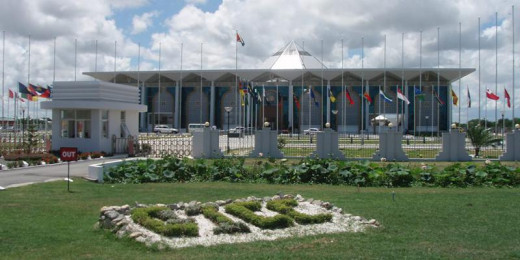
Holidays
The people enjoy many holidays from January to December. January 1 is New Year’s Day, Youman Nabi in spring. February 23 is the Republic Day or Mashramani, March through to April they celebrate Good Friday and Easter Sunday. May 1 Labor, 5 May Indian Arrival Day, May 26 Independence day. CARICOM observed first Monday in July, August 1 Emancipation day. October through to November Diwli, 25 December Christmas, 26.27 Boxing day.
Holiday Celebrations
- January 1 is New Year’s Day
- Youman Nabi in spring
- February 23 Republic Day or Mashramani
- March to April Good Friday and Easter Sunday
- May 1 Labor, 5 May Indian Arrival Day, May 26 Independence day
- July CARICOM
- August 1 Emancipation day
- October to November Diwli
- 25 December Christmas, 26, 27 Boxing day
Sports
Sports activity includes beach cricket, rounders, basketball, rugby. Other sporting activity are horse riding, lawn tennis, boxing, squash, football and cricket. Most popular sports among the locals are boxing, football and cricket.
- Netball
- beach cricket
- rounders
- basketball
- rugby
- horseback riding
- lawn tennis
- boxing
- squash
- football
- cricket
Wildlife
Home to over 800 reptiles’ species, 200 bird’s species and huge number of fresh water fish the country is teaming with wildlife. A popular attraction for visitors are the giant species of anteater, river otter, large birds and large scaly fish. The fauna exhibits over 600 species of plants and trees peculiar only to the country.
- Tropical Taste of Hawaii: The Sublime Surinam Cherry
Surinam cherry is not native to Hawaii, but it is a versatile tropical fruit with an eye-catching shape and delightful taste. - Suriname Travel Destinations & Wildlife: Through the...
A comprehensive guide to travel destinations and wildlife of Suriname.
